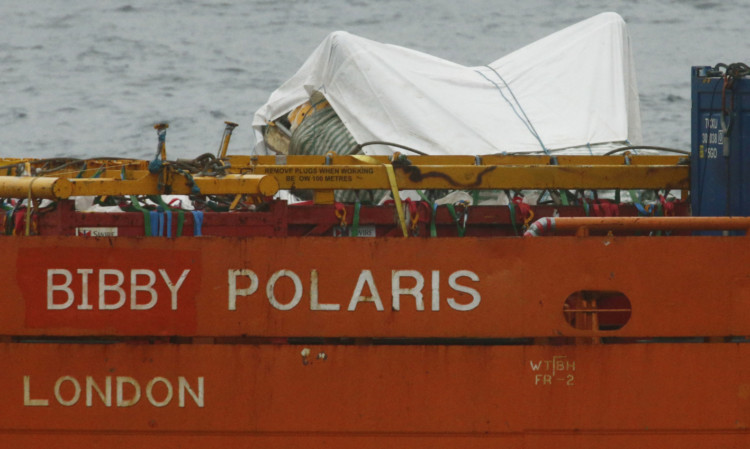All Super Puma helicopter flights should remain suspended until the cause of the recent crash which claimed four lives is identified, according to a union.
Unite said workforce confidence in the aircraft type has been “shattered” following last week’s crash in the water off the southern tip of Shetland the fifth incident involving Super Pumas in the North Sea since 2009.
The union said it will be making its case at a meeting of the Helicopter Safety Steering Group (HSSG) in Aberdeen today, in which it will also argue that workers refusing to fly must be supported by their employers.
Unite’s calls come as another union, the National Union of Rail, Maritime and Transport Workers (RMT), prepares to hold a rally in Aberdeen amid growing concern about safety offshore.
Unite Scottish Secretary Pat Rafferty said “anger and fear” among the workforce is on the up.
“The Super Puma fleet must remain grounded at the very least until the black box from Friday’s crash is recovered and its data reveals the cause of this catastrophe this isn’t up for debate,” he said.
Mr Rafferty said the union will also demand answers to reports that workers on the Borgsten Dolphin platform were briefed by oil company reps not to work offshore if they could not live with the risk of flying in helicopters.
“The industry will also have to provide some serious answers to the reports exposing the briefing of workers on the Borgsten Dolphin,” said Mr Rafferty.
“That there is a massive logistical challenge in returning workers stuck offshore is undeniable, likewise with those workers who have to get out and earn their keep, but safety is paramount in these extraordinary circumstances.
“We’re in a situation here where more lives have been lost, anger and fear among the workforce is on the rise and there are more questions to be asked rather than answers given over the safety of offshore helicopter transfers.
“This is a critical moment for the offshore industry and if these companies are serious about even starting to rebuild its shattered reputation then they will listen to, work with and protect the one resource it cannot do without its people.”
There were 16 passengers and two crew on the Super Puma AS332 L2 travelling from the Borgsten Dolphin support vessel when it plunged into the sea on Friday, killing three men and one woman.
The victims were named as Duncan Munro, 46, from Bishop Auckland, County Durham; George Allison, 57, from Winchester, Hampshire; Sarah Darnley, 45, from Elgin, Moray; and 59-year-old Gary McCrossan, from Inverness.
Investigators have been using specialist sonar equipment to search for the helicopter’s black box data recorder, which it is hoped will shed some light on the cause of the fatal crash.
A Facebook campaign has called for the destruction of Super Pumas in the wake of the tragedy but Allison Laws, chairman of the Institution of Occupational Safety and Health’s (IOSH) offshore group, said an outright ban of the helicopter model would be “too simplistic”.
The British Airlines Pilots Association (Balpa) also said it has confidence in the Super Puma.
There have been five North Sea incidents involving Super Pumas since 2009. In April that year an AS332 L2, operated by Bond, went down north-east of Peterhead on its return from a BP platform, killing all 14 passengers and two crew on board.
The other three incidents involved the EC225 model which saw flights temporarily suspended. CHC returned the model to commercial service only earlier this month.
An investigation by the Air Accidents Investigation Branch found that two of the incidents were the result of gearbox failure and new advice on checks for the EC225 were issued as a result.
A fatal accident inquiry is expected to be held into the 2009 fatal AS332 L2 crash in Aberdeen next year.
